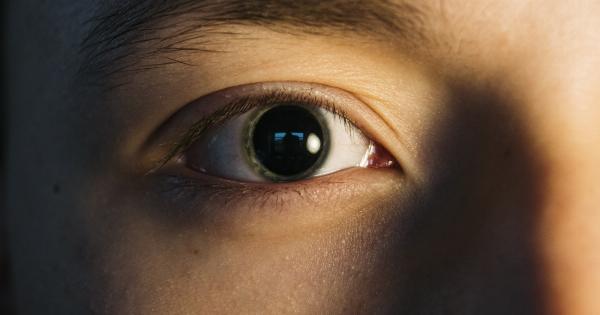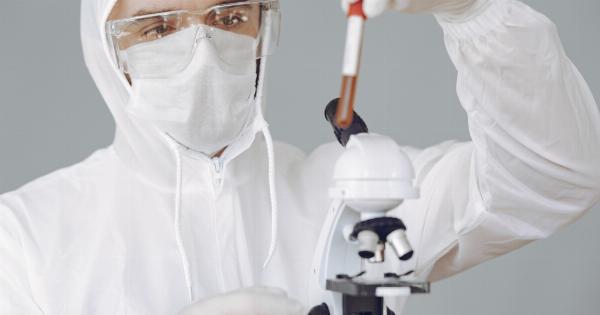Antibiotics have revolutionized the field of modern medicine by providing a cure for many infectious diseases. However, prolonged use and overuse of antibiotics have led to the emergence of antibiotic-resistant microbes.
These microbes are becoming increasingly difficult to treat, and there is a pressing need for new antibiotics. Finding antibiotics that are both effective and free of side effects is a crucial goal for the healthcare industry.
The Side Effects of Antibiotics
Antibiotics can cause a range of side effects. Some common side effects include:.
- Nausea and vomiting
- Diarrhea
- Rash
- Headache
- Dizziness
These side effects are usually mild and go away on their own. However, some antibiotics can cause more severe side effects, such as:.
- Severe allergic reactions
- Hearing loss
- Kidney damage
- Liver damage
- Tendon rupture
Why Antibiotics Cause Side Effects
Antibiotics can cause side effects because they target not only the harmful bacteria but also beneficial bacteria in the body. The death of good bacteria can cause GI problems such as diarrhea, nausea, and stomach cramps.
Certain antibiotics can also interfere with other medications, leading to serious complications.
New Antibiotics and the Possibility of Side Effect-Free Antibiotics
Scientists worldwide are working to develop new antibiotics that can fight infections without causing side effects. Some of the ways that researchers are trying to develop new antibiotics include:.
- Targeting specific bacterial cells – Scientists have identified different types of bacterial cells that antibiotics can target. By targeting specific bacterial cells, new antibiotics can attack harmful bacteria without harming beneficial bacteria.
- Using alternative methods – Researchers are looking at alternative methods to treat bacterial infections, such as using bacteriophages or immune system boosters.
- Combining antibiotics – Researchers are exploring the possibility of using multiple antibiotics together to create a more potent drug that can fight infections without causing side effects.
The Role of Technology in Developing Side Effect-Free Antibiotics
Technology is playing a critical role in the development of new antibiotics.
By utilizing advanced technologies, scientists can better understand the mechanisms of bacterial infections and the ways that antibiotics can be used to treat them without causing side effects. Some of the technologies that are being used to develop side effect-free antibiotics include:.
- Genome sequencing – By sequencing bacterial genomes, scientists can identify potential targets for new antibiotics.
- Machine learning – By using machine learning algorithms, scientists can analyze vast amounts of data on bacterial genomes to find new antibiotics.
- CRISPR – CRISPR technology can be used to modify bacterial genomes and make them more susceptible to existing antibiotics.
Challenges in Developing Side Effect-Free Antibiotics
Despite the advancements in technology and the growing urgency to develop new antibiotics, there are still significant challenges in developing side effect-free antibiotics. Some of the challenges are:.
- Cost – The cost of developing new antibiotics is high, and there is no guarantee that a drug will be effective.
- Regulation – The regulation and approval process for new antibiotics is lengthy and complex, and the FDA has stringent standards for new antibiotic drugs.
- Resistance – Antibiotic-resistant bacteria are evolving rapidly, and new antibiotics will need to be developed continuously to keep up with the rate of resistance.
Conclusion
Finding antibiotics that are both effective and free of side effects is a crucial goal for the healthcare industry.
Although there are significant challenges in developing new antibiotics, technology has provided valuable tools that can help researchers accelerate the development of side effect-free antibiotics. By targeting specific bacterial cells, using alternative methods, and combining antibiotics, researchers can create more effective antibiotics that fight infections without causing side effects.































